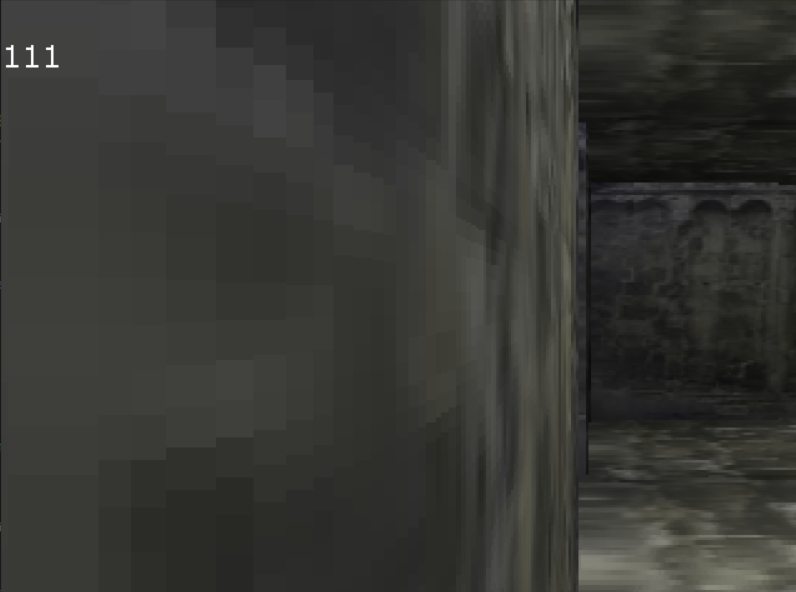Very nice implementation. Nice texture mapper. I did some raycasters too, but always had problems with rounding errors/ sawthooth artefacts. One problem: mouselook does not respond when WASD is pressed, so I cannot move around corners without to stop etc.
In my own projects I noticed movementX and Y give diffrent values depending on whether a key is pressed or not, so I simply multiplied them x 2.5 when a key is pressed. Could it be you use a threshold for movementX/Y, that may not be reached while a key is pressed? This was on Brave browser BTW, but it seems to be a problem that multiple browsers share.



